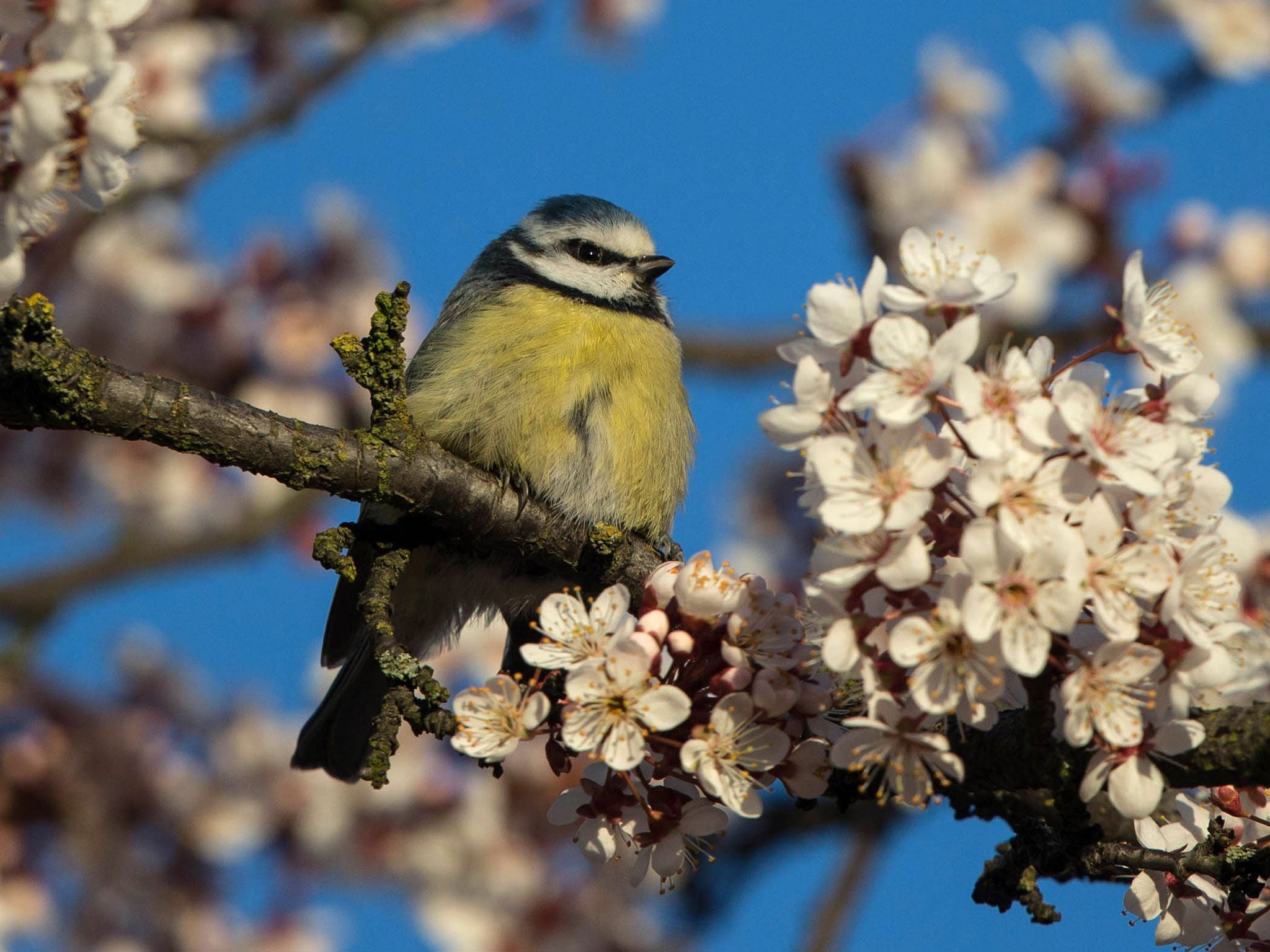Earth’s wobble shortens spring by 30 seconds each year
The wobbling of the Earth is changing the length of the seasons

Your support helps us to tell the story
From reproductive rights to climate change to Big Tech, The Independent is on the ground when the story is developing. Whether it's investigating the financials of Elon Musk's pro-Trump PAC or producing our latest documentary, 'The A Word', which shines a light on the American women fighting for reproductive rights, we know how important it is to parse out the facts from the messaging.
At such a critical moment in US history, we need reporters on the ground. Your donation allows us to keep sending journalists to speak to both sides of the story.
The Independent is trusted by Americans across the entire political spectrum. And unlike many other quality news outlets, we choose not to lock Americans out of our reporting and analysis with paywalls. We believe quality journalism should be available to everyone, paid for by those who can afford it.
Your support makes all the difference.Spring began on Friday. And it happened slightly after, and will end slightly before, it did every year before.
Spring gets about 30 seconds short every year because of the way the Earth wobbles, according to a report by LiveScience.
The astronomical spring began on Friday, when there was also an eclipse and a Supermoon. That was the vernal equinox, when the day and night are of equal length since the Earth’s axis doesn’t point towards the sun or away from it. From now, the days will get longer as summer approaches, before the nights start getting longer again in autumn.
However, spring has been gradually getting shorter for thousands of years, and will get to be its shortest in 6430. The same process is happening to winter, which has been gradually losing time to autumn.
The effect is caused by the slow wobbling of the Earth’s surface — a process that has also caused a change in star signs. That is referred to as precession, and means that the Earth moves like a spinning top because of the gravity of the moon and the sun.
As a result of that process, the point at which the planet reaches the summer solstice or the longest day moves slightly every year. The wobbling means that it gets there ever so slightly earlier each time.
The approach of summer is also changed by the way that the Earth moves around the sun, in its elliptical orbit. That means that the Earth’s distance from the sun is changing ever so slightly.
Though that can’t be felt by anyone on the planet, it does change the speed at which the Earth moves.
Join our commenting forum
Join thought-provoking conversations, follow other Independent readers and see their replies
Comments